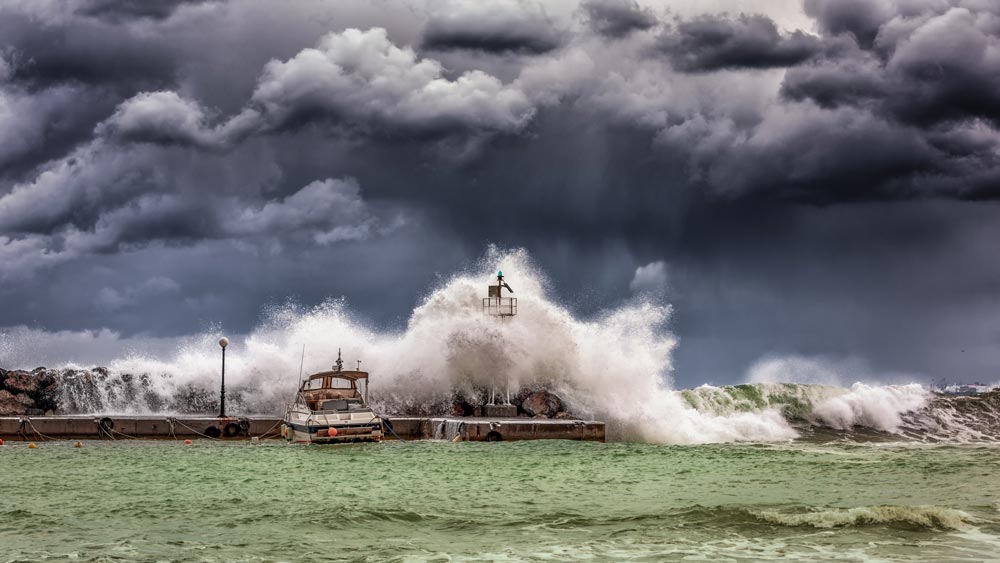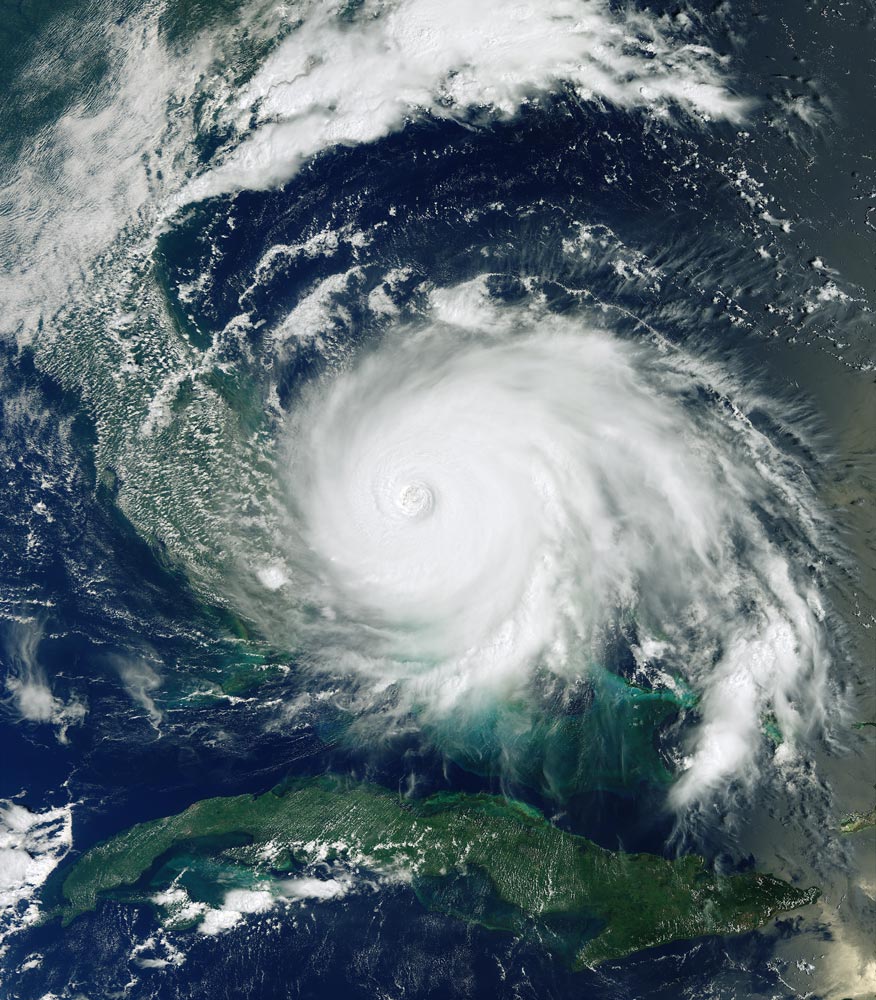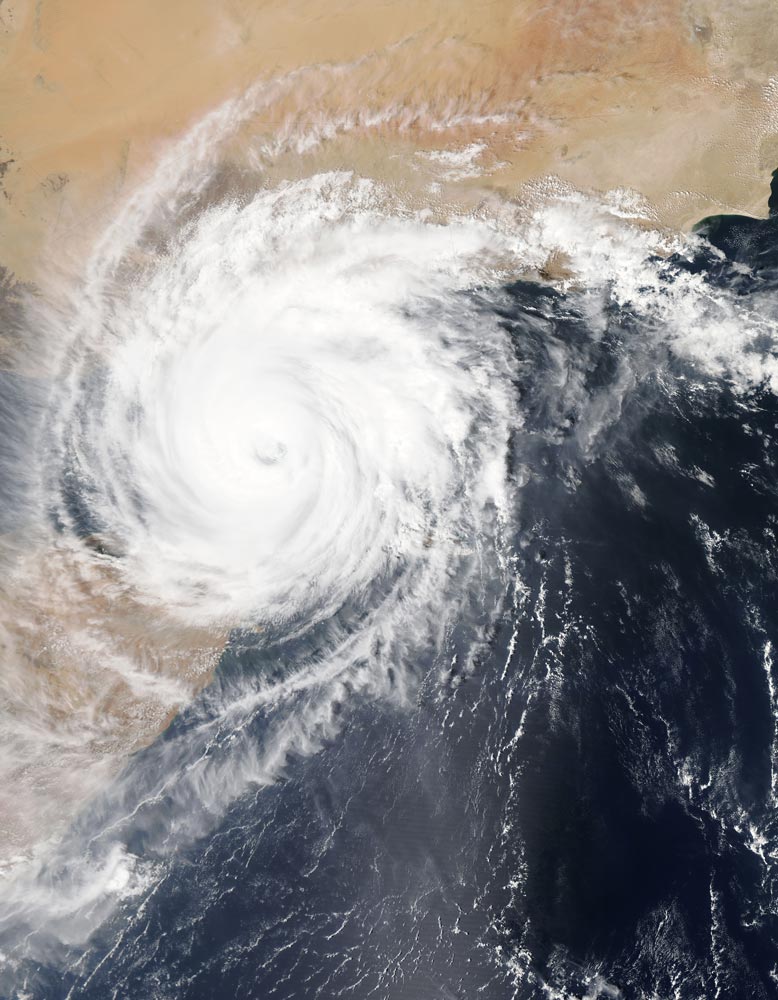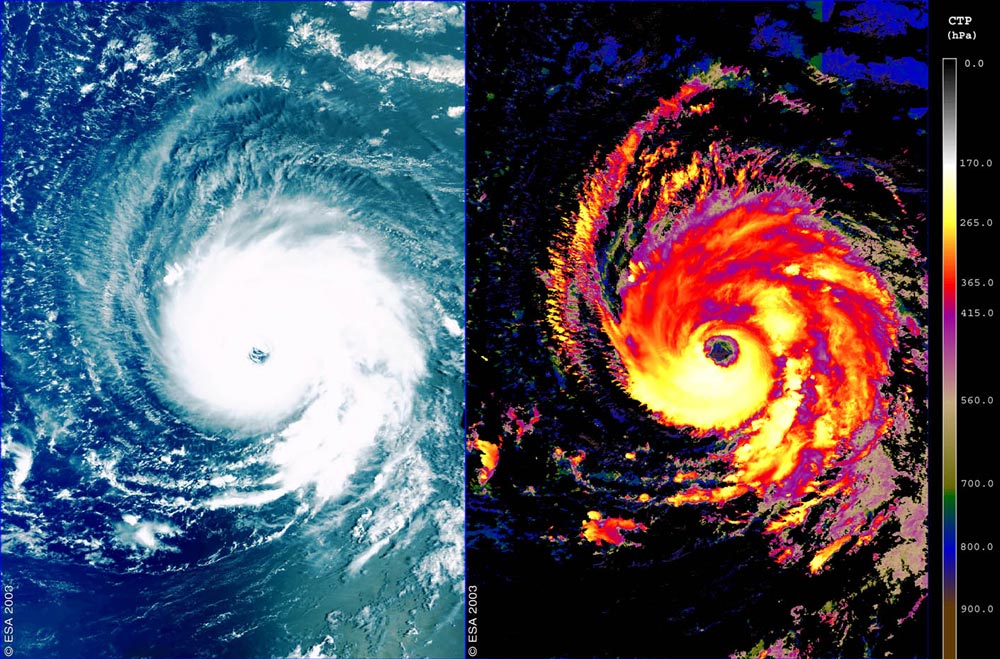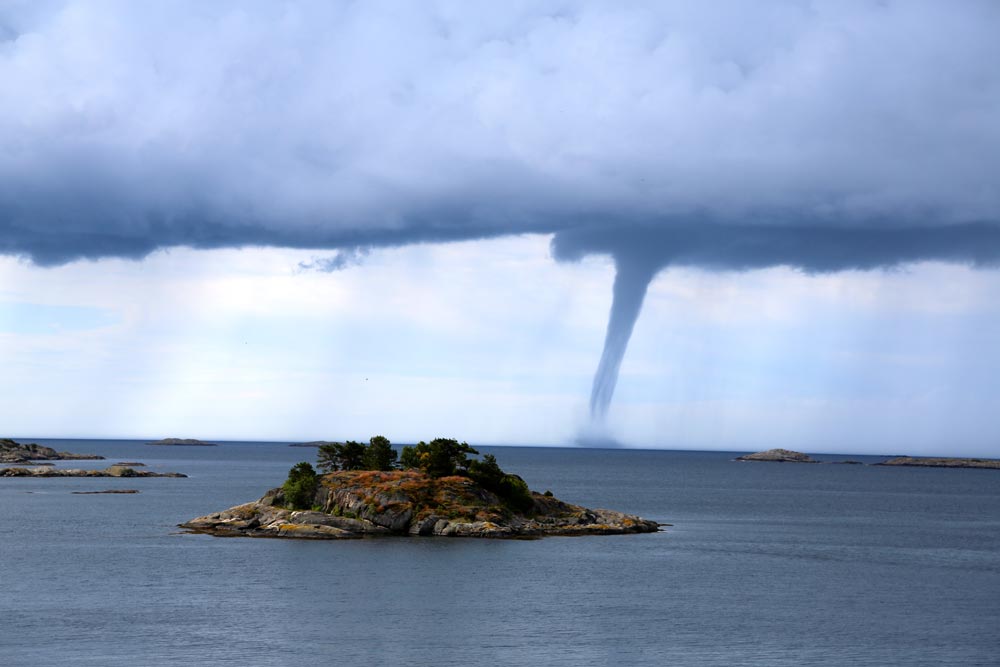How can we improve flood risk assessment for European coastal infrastructure and international shipping routes?
Global warming and the remote melting of the ice-sheets of Greenland and Antarctica will further increase the frequency and severity of flood hazards for European coastal regions.
By 2100, due to climate change, general losses to critical infrastructure could increase the present damage levels by a factor of more than 10. Critical infrastructure such as electricity, telecommunication, transport, gas and water is crucial for a range of vital societal functions.
A major challenge of managing risks to European coastal infrastructure is the uncertainty that results from varying projections for sea-level rise and melting large ice sheets, socio-economic development, and availability of adaptation options.
We will create storylines that:
- engage stakeholders to identify the main drivers of regional sea level rise and flood impact on coastal infrastructure and shipping
- assess the direct risk of flooding on coastal infrastructure and ports through novel simulation methods
- assess indirect economic risks from infrastructure collapse caused by shocks from flood events and extreme sea-level rise
- assess potential positive effects from alternative Asian trade routes to European ports due to Arctic sea-ice retreat
- assess the role of current and future European protective infrastructure in risk estimations
- provide policy recommendations to enhance risk information of climate effects
Find out more about how RECEIPT research can help climate-proofing coastal infrastructures in our interview with Elco Koks of Vrije Universiteit Amsterdam’s Institute for Environmental Studies.
Access the Climate storyline visualiser to learn more about the Coastal infrastructure storyline. Challenge your knowledge about cross-border climate impacts taking the Climate storyline quiz.

